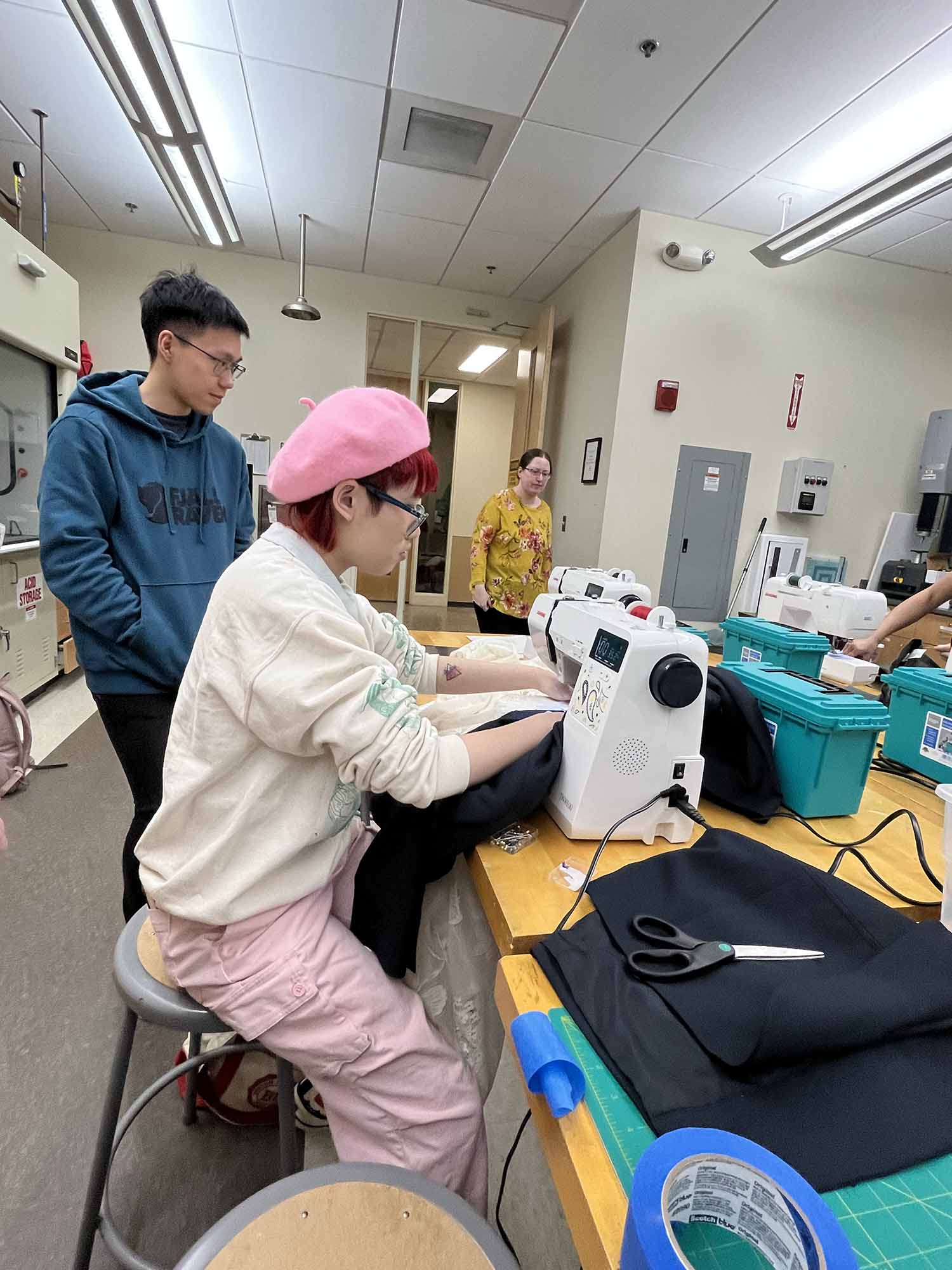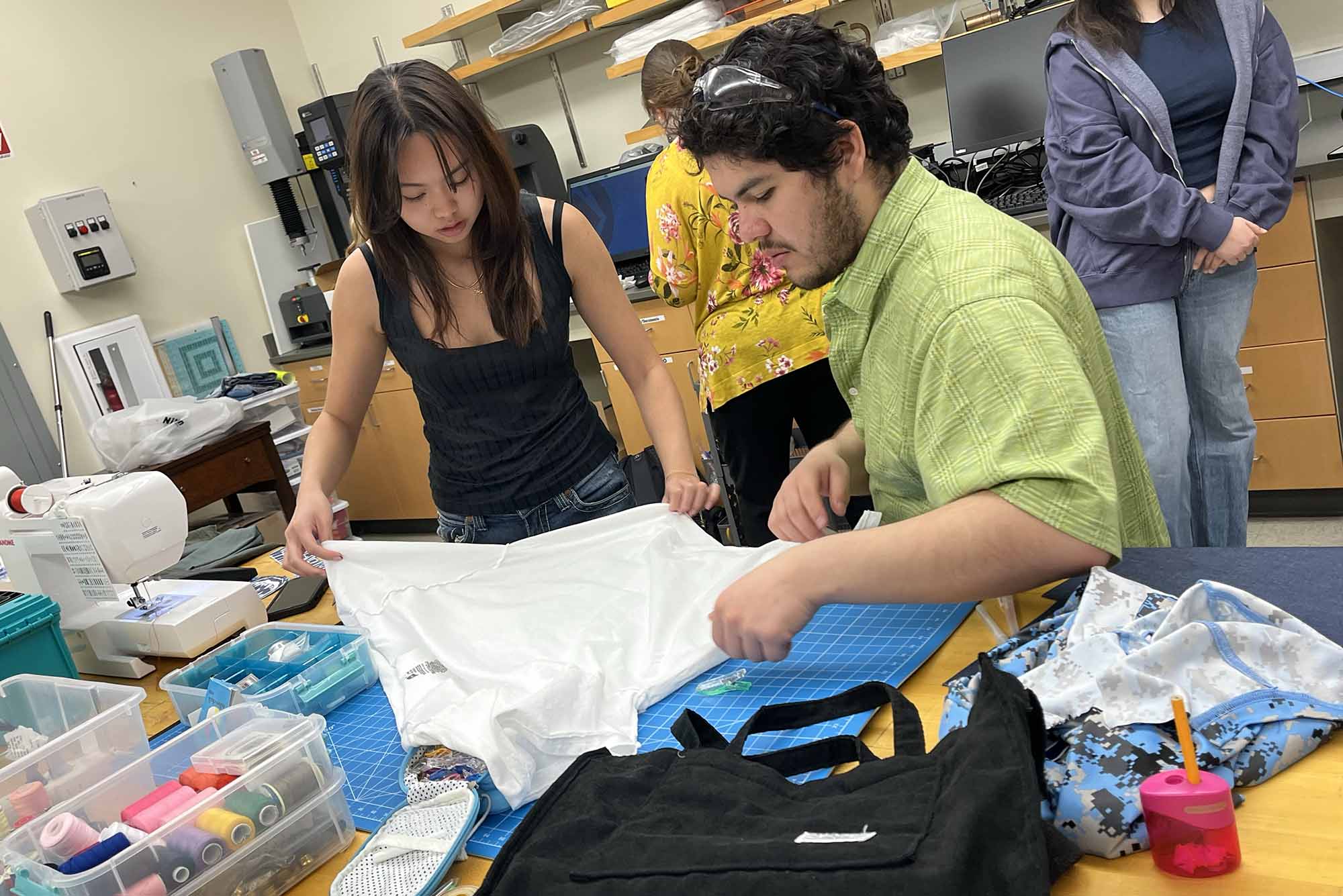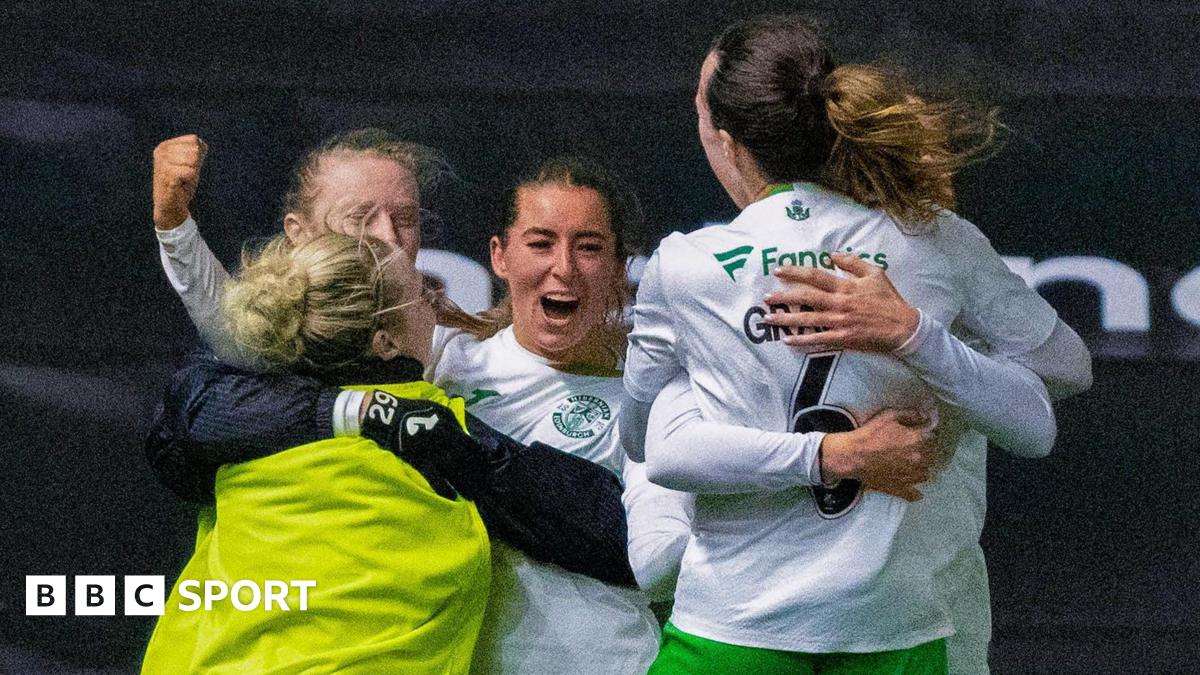Fashion
New CAS Class Teaches the History of Empires Through Fashion and Beauty

Students design and construct custom outfits based on historical case studies
Jilene Chua’s Fashion and Beauty Under War and Empire is a course on how clothing and makeup provided insights into war and empire in the 20th century.
College of Arts & Sciences
Students design and construct custom outfits based on historical case studies
A skirt made of newspaper. A blonde wig with brown roots. A headband made of crocheted “plarn” (yarn made of repurposed plastic bags). A pair of army green pants with extra pockets sewn around the ankles.
In lieu of a traditional exam, Jilene Chua, a College of Arts & Sciences assistant professor of history, assigned her students a different kind of final for their Fashion and Beauty Under War and Empire class: designing and constructing an entire outfit. The course, which wrapped earlier this month, spans the time periods from settler colonialism in the 1800s to the modern day and sets out to examine how clothing and makeup can provide insights into war and empire in the 20th century.
During the final two meetings of the class, groups presented their creations, accompanied by historical case studies they wrote reflecting on the symbolism of each piece. While some students had sewing experience, others were crafting outfits for the first time.
Chua, who came to BU this year, says she designed the Fashion and Beauty Under War and Empire class as a way to unite her research interests of history, fashion, and empire. “I wanted to figure out a way to have students learn about [this history], but in a way that wasn’t just constant violence,” she says. “Sometimes, histories of empires can be really dark and involve a lot of brutal things, so I wanted the students to think about how unexpected things like clothing, fashion, and beauty can be ways of analyzing this form of power.”
Sometimes, histories of empires can be really dark and involve a lot of brutal things, so I wanted them to think about how unexpected things like clothing, fashion, and beauty can be ways of analyzing this form of power.
Chua says the students in the class—which attracted different majors and class years—made connections she hadn’t even considered. For example, one class discussion on the prevalence of camouflage in fashion turned into an analysis of military recruitment—specifically, how it affected students during their high school experience.
In a presentation titled “Sustainability & Empire Through Time,” students investigated how different populations utilized resources readily available around them for clothing. For example, one student created a crocheted wrap to reflect how some Native American tribes used the fur of Churro sheep for clothing since it was a by-product of a food source. Another student made a shirt and attached a Kirkland jasmine rice bag, representing how people repurposed food sacks during the Great Depression.
In another presentation, titled “Combat Couture: The American Culture of War,” students examined how fashion in the United States is based on a military aesthetic. They discussed the Bikini Atoll, a coral reef in the Pacific Ocean that the US government used as a nuclear testing site and displaced and harmed its inhabitants. The bikini swimsuit was introduced and named just four days after the testing. Now, when someone says “bikini,” it conjures images of summer days and swimming rather than nuclear waste.
“It started to make me think about how I didn’t have that on my syllabus, so I changed it to adapt,” Chua said. “It made sense to add because they have all these experiences with militarism in their own lives that they’re bringing in.”

During the presentation, one student displayed a fuzzy green jacket with a camo pattern with “Are you registered for the draft?” and only a “Yes” checkbox, painted on the back. This, one student explained, was meant to represent how the draft was not optional, as well as how “fashion can reframe ugly parts of an empire into something soft and fuzzy.”
Reflecting on the course, Kal Hawley (CAS’27) says they were excited to create outfits with the added historical context from the course. Their outfit included a blazer with sewn lace hanging from about waist level, a commentary on softness, that is, not being afraid of being vulnerable or perceived as weak.
Among other topics in the course are the commodification of human products such as hair, skincare during chemical warfare, and profit as a connection between war and beauty.
Throughout the semester, Chua encouraged students to engage in sustainable practices. The class went to Goodwill together to pick out raw materials and clothing items and they discussed the environmental impacts of the fashion industry—for example, 87 percent of garments made each year end up in a landfill. The material they thrifted or recycled was then used to construct their final outfits.
Students were able to use BU’s Engineering Product Innovation Center (EPIC), right on the Charles River Campus, when crafting their clothes. EPIC spans 15,000 square feet and offers students access to a variety of engineering and manufacturing tools, such as laser cutters, welding equipment, drill presses, sewing machines, and more.

Ivan Perez (CAS’24) had no experience making clothes and didn’t have a background in fashion before enrolling. He says he took the class as a creative outlet and because he wanted “to see how and what a class like this could offer.” His enrollment in the course was a “happy accident,” he says.
“Aside, of course, from the material covered throughout the semester, the class really helped me express myself creatively through an unfamiliar yet incredibly cool medium,” Perez says. “It certainly was a unique experience, and an obscure class that made the semester very memorable. It is something quite niche that BU offers. I was just fortunate enough to stumble upon a new diamond in the rough.”
Although the class focuses specifically on fashion and beauty, Chua says she hopes this kind of critical societal analysis carries over to other parts of students’ lives.
“I think they’re already starting to make connections to how this is a culture of militarism all around us even today,” she says. “But with these big topics like war and empire, students can see how they also appear in everyday life, not just through clothing and beauty. We are still living this culture out, right now.”








